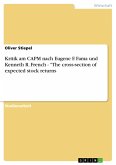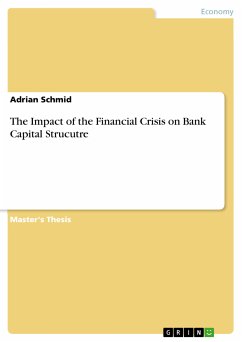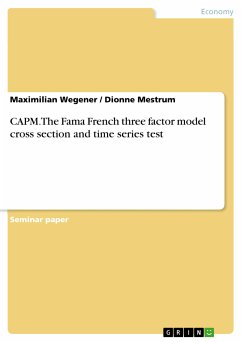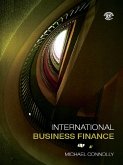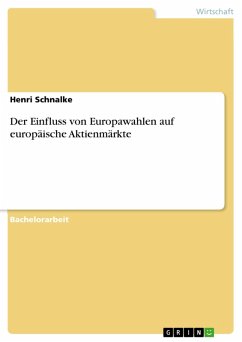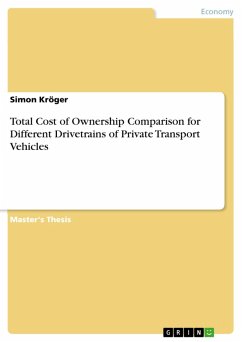Bachelor Thesis from the year 2021 in the subject Business economics - Investment and Finance, grade: 1,0, , language: English, abstract: This study is concerned with an empirical analysis of asset pricing. More specifically, this paper examines whether multifactor asset pricing models are able to explain variation in REIT returns in the US and Japan. In addition to traditional multifactor models, an Alternative Four-Factor Model (AFF) was developed considering net profit margin as an additional risk factor. Thence, this paper seeks to provide valuable information for investors and fund managers regarding their indirect real estate investment selection. Using a sample period between July 1994 (US) / July 2011 (Japan) to December 2020, rigorous multiple-time-series regression is applied to calculate factor loadings for each risk factor and the corresponding alpha values of each model to evaluate their effectiveness in explaining variation and cross-section of REIT returns. Most studies on asset pricing models focus on size and value sorted portfolios as dependent variables. This paper broadens the approach with four other double sorted test portfolios to check the robustness of each single factor to explain return anomalies. Results show that market premium and size premium represent risk factors for US-REITs, whereas market premium and value premium are suitable risk factors for Japanese-REITs. The momentum factor does not capture risk and is insignificant in both markets. The study shows low correlations between traditional and REIT specific as well as between US and Japanese risk factors. This suggests that firstly risk factors are country specific and secondly that they are asset specific. Moreover, the Fama-French Three-Factor Model (FF3) clearly outperforms the CAPM, while the Carhart Four-Factor Model (CH4) marginally improves the explanatory power over the FF3. This is observed in both markets. Outcomes demonstrate that the Alternative Four-Factor Model (AAF) does not improve prediction power for returns of Japanese-REITs compared to the FF3 and CH4. On the contrary, results are ambiguous concerning US-REITs. While the additional risk factor, net profit margin, generates a negative return, the model is superior to the FF3 and CH4 in terms of explaining variation and cross-section of returns.
Dieser Download kann aus rechtlichen Gründen nur mit Rechnungsadresse in A, B, BG, CY, CZ, D, DK, EW, E, FIN, F, GR, HR, H, IRL, I, LT, L, LR, M, NL, PL, P, R, S, SLO, SK ausgeliefert werden.



